Planning a trip to Cusco and keep hearing about coca tea? In Peru, this traditional herbal drink made from coca leaves is commonly used to ease the first days at altitude, support digestion, and stay energized on long journeys.
This guide explains what coca tea is, its history and social role, how to drink it, and the key legal and drug‑test points to know before you fly home, so you can enjoy this Andean tradition safely and respectfully.
What is the Coca Leaf?
Meet the star of your Andean journey: the coca leaf. This small green leaf comes from the Erythroxylum coca plant, which thrives on the humid slopes of tropical regions in South America, especially in the warm climates of the jungle (coca tea Amazon of Peru) and the transitional zones leading up to the Andes. The plant thrives between 500 and 2,000 meters above sea level, though some species can also grow at higher elevations or in different environments, depending on their variety.
The History of Coca: From ancient ritual to natural altitude remedy
The coca leaf is foundational to the Andes, having sustained life and culture for thousands of years. With a history of cultivation stretching back over 8,000 years, it represents one of the region’s oldest traditions. Over this vast span of time, numerous cultures discovered and integrated its powerful benefits, blending its use in daily life with profound spiritual purposes.
Period | Description |
| Inca | The Inca Empire offers a compelling example of coca's stratified role. While the plant's daily consumption was largely restricted to the royal court, priests were granted access to chew the sacred leaves during rituals dedicated to the gods of the Andean pantheon. A prime example is the mummified ceremonial victims on the high volcanic Andean peak of Llullaillaco, found still holding coca leaves in their mouths as powerful symbols of direct offerings to the gods. |
Colonial | After the fall of the Inca Empire, many chroniclers recorded the enduring importance of coca leaves. They described them as treasures often valued more than gold or silver, prized not for wealth but for their almost magical qualities. Coca was believed to connect people with their gods, reveal glimpses of the future, and treat certain ailments, securing its place as one of the most sacred elements in ancient tradition During the colonial period, the coca leaf became tragically entangled in exploitation. It was used as a form of payment for Indigenous laborers who were forced to transport it from former Inca cultivation lands, including those near Cusco like Paucartambo. Driven by profit, coca transformed into one of the most lucrative commodities during the colonial era in the Americas. |
Modern | Coca lives on today in Peru, Bolivia, Argentina and Colombia, where the coca leaf remains a central element for their traditions and natural medicine. Despite its vital function, the leaf has been the subject of a fierce international debate since the last century, a crucial topic we'll cover next. |
In Andean mythology, this benevolent plant is personified as Mama Coca, the goddess and symbol of fertility. This elevates the leaf from a mere crop to a sacred, foundational element of their spiritual worldview.
Traditional and Modern uses of Coca Leaves
Beyond its historical context, the coca leaf is a living symbol of Andean resilience, woven into the very rhythm of daily life and sustaining vital cultural practices for centuries, often consumed by sipping it as tea coca or through the ancient practice of chewing the leaves. It is precisely what the renowned Peruvian historian María Rostworowski noted that in Andean society, coca held three essential roles that still endure today: ritual, social, and medicinal.
1. Cultural and Ritual Purposes
As a central sacred element of Andean cosmology, the coca leaf is revered as a gift from the gods and remains indispensable in traditional ceremonies.
- Connecting with the Divine: The coca leaves serve as a vital currency of communication with the spiritual world. Locals use them in offerings (despachos) to the Pachamama (Mother Earth) and the Apus (mountain spirits), asking for protection, a good harvest, or safe travels, especially before a trekking expedition or mountain climb.
Coca Leaf Divination: Coca leaf reading is an ancient, magical practice performed by a master or shaman to reveal spiritual guidance and hidden truths. The ritual involves interpreting several elements: The shape of each leaf, the order and direction in which the leaves fall and whether they land face-up or face-down.
You can find this practice happening every day right on the streets of Cusco, and it's even reenacted annually as part of the spectacular Inti Raymi festival.
- Kint’u: It is a significant practice involving the selection of three flawless coca leaves. These leaves are aligned, breathed upon, and then offered to the Apus (mountain spirits) as part of a prayer or request. This simple gesture is a profoundly powerful act of respect: by sharing the coca leaf through your breath, you are giving the mountains an extension of your vital energy and strengthening your connection to them.
2. Social Purposes
In addition to its ceremonial role, the coca leaf serves a crucial social purpose, acting as a silent language of courtesy, community, and hospitality.
- Building Community: Sharing coca, often carried in a small pouch called a ch'uspa, is a deeply communal act that precedes important discussions, manual labor, or long journeys. It is a powerful social lubricant that fosters solidarity and conversation. This vital interaction is frequently seen in the high-land communities, particularly those nestled within regions like the Sacred Valley.
- Chacchar: This social sharing often involves the ritual of chacchar (also known as acullico or picchar in other regions of the Americas), which is the traditional practice of placing a wad of coca leaves in the cheek and slowly chewing it. To activate the mild stimulating and beneficial properties of the leaves, they are consumed alongside a small piece of alkaline ash ball known as Llipta.
- The llipta: This distinctive accompaniment to the coca leaf often made from quinoa ash or plantain stalks, initiates the chemical reaction necessary for the alkaloids to be absorbed, making the communal act of sharing and chewing complete.
3. Medicinal Purposes
Finally, the coca leaf functions as a powerful, natural remedy. This profound medicinal value is why you'll see it everywhere in places like Cusco or Puno. Its numerous and rapid nutritional benefits led ancient peoples of the Americas to attribute a magical significance to the leaf.
- Digestive Aid: Coca tea also supports digestion, especially after heavy meals that often accompany Peruvian cuisine. Its gentle compounds help calm the stomach and reduce bloating. The antioxidants in the leaves also play a role in protecting cells from stress caused by high elevation.
- Analgesic and Antibacterial: The coca leaf functions as a mild analgesic for headaches and, thanks to its compounds, even acts as a topical treatment to numb pain and provide antibacterial effects. This natural pharmacy in a green leaf was quickly adopted by Europeans once its many properties became known.
- Natural Superfood: Packed with essential nutrients, the coca leaf is a powerhouse of calcium and vital vitamins B and C, offering remarkable nutritional benefits
- Mental clarity: Beyond physical relief, many people describe a sense of clarity and balance after drinking it. Locals associate this calm focus with the plant’s spiritual importance, believing it helps connect the body and mind.
- Natural Uplift: Coca tea provides a natural uplift that feels gentle yet effective. Each sip offers steady energy rather than a quick rush. The tea’s natural compounds encourage better oxygen flow, which helps reduce sluggishness caused by high elevation.
This practice was likely a crucial factor that sustained the chaskis, or Andean messengers, enabling them to carry vital messages across the vast Inca Trail network that spanned the Inca territory. - Combating Altitude Sickness and Boosting Energy: The most common use for travelers is chewing the leaves or drinking the tea to alleviate the symptoms of altitude sickness or Soroche (the common Quechua term in Peru for altitude sickness). The mild alkaloids in the leaf help with oxygen absorption and provide a gentle energy boost.
Enjoying a warm cup or chewing coca in the Andes means embracing both wellness and culture through one of nature’s most enduring and helpful plants.
4. Modern uses for the coca leaf
Today, the coca leaf continues to inspire innovative applications beyond traditional rituals. Its versatility connects ancient wisdom with modern lifestyles and industries.
- Gastronomy: Chefs use coca flour to bake breads, cookies, cocktails and pastries rich in nutrients. Restaurants even serve Peruvian desserts infused with coca, giving local cuisine a modern twist. Its pocket versions, Coca candies and chocolates, offer travelers a light herbal flavor and a gentle energy boost.
- Pharmaceutical Industry: Natural wellness brands use coca extracts in balms, oils, and topical creams to relieve muscle pain and fatigue. These products combine traditional healing practices with new formulations, offering safe relief for travelers and locals alike.
- Medicine: Scientists continue to study the leaf’s alkaloids, which once inspired early clinical anesthetics. Recent research explores its potential for natural pain management and improved oxygen use at high altitudes.
- Energy Drinks: Beverage companies in South America produce coca-based drinks that provide gentle stimulation without artificial caffeine.
How to prepare coca tea?
Worried about the first days in Cusco? Preparing coca tea is simple and part of the Andean experience every traveler should try.
Locals often serve tea coca as a warm welcome drink for guests arriving at high altitudes. It not only refreshes the body but also immediately introduces travelers to the crucial process of acclimatization, an essential first step if you have planned a challenging itinerary like the Inca Trail. Drinking it slowly allows you to feel its gentle effects and enjoy a first connection to local life.
To get the most out of your coca tea, follow these simple steps:
- Warm the cup: Preheat your cup by quickly pouring a little hot water in and letting it sit for a few seconds. Discard this water before starting.
- Prepare your base: Place your preferred amount of coca leaves in your cup; typically, 6 to 8 leaves are sufficient for a strong infusion.
- Initiate the Infusion: Pour the hot, boiled water into your cup. Use the hottest water available.
- Cover your tea: Cover your cup with a small saucer or lid to trap the heat and concentrate the aroma inside.
- Be Patient: Wait a few minutes for the tea to steep, allowing it to release its full essence, aroma, and beneficial oils. Remember that at this altitude, the infusion process is slightly slower; allow about 3 to 4 minutes before uncovering.
- Finally, enjoy your Coca Tea!
Locals usually prefer using pre-packed tea bags, which are easy to find in hotels and markets in Cusco, and even powdered coca (coca flour).
Note: Crucially, because water boils at a lower temperature at high altitude (around 185°For 85°C in Cusco, which sits at 3,400 meters / 11,152 feet) the water will not be as hot as you are used to.
What does coca tea taste like?
The flavor of coca tea surprises many first-time visitors. It tastes light and earthy, similar to green tea or matcha but with a unique herbal note. Some people add honey and sugar to soften the flavor, while others enjoy it plain to appreciate its authenticity. The warmth of the tea brings comfort, especially on cool Andean mornings or before long treks like the Salkantay Trek.
The experience of drinking tea coca extends beyond its taste. It creates a moment of pause between hikes, market strolls, or train rides to Machu Picchu. Travelers find comfort in holding a warm cup while gazing at the mountains. The tea’s natural energy uplift complements the peace of the Andes perfectly.
Coca Tea Alternatives
If you prefer an alternative to mate de coca, the Andes offer several effective herbal teas to aid your altitude adjustment:
- Muña Tea (Andean Mint):
- A favorite among Peruvian people.
- Helps with digestion and general altitude adjustment.
- Has a refreshing aroma and a cool taste that helps clear the airways.
- Chachacoma Tea:
- Known for gently supporting breathing and easing various altitude symptoms.
- Provides mild, energizing properties.
- Anise Infusion:
- Widely available in Peruvian markets and cafés.
- Primarily used to calm the stomach and aid digestion
- Chamomile Infusion:
- A classic choice for promoting relaxation after a long journey.
- Herbal Blends:
- Many hotels in Cusco offer mixes combining herbs like coca, muña, and anise for a balanced drink that is both refreshing and restorative.
If you can’t find coca leaves, these herbal teas provide a comforting and authentic taste of the Andes. These alternatives bring a similar sense of relief and well-being, helping travelers adapt to the altitude while discovering the unique flavors of the mountains.
Controversy Surrounding the Coca Leaf: Myth Busted
Despite the traditional significance of the Coca Leaf, today it remains clouded by controversy due to its association with cocaine. This myth-busting exploration dives into the chemistry of the coca leaf, separating fact from fiction and shedding light on its true value.
Raw Leaf vs Illegal Drug: The key difference
Many travelers confuse the natural coca leaf with the illegal drug derived from it, but the difference is enormous.
The raw leaf, used to make coca tea, contains only minimal alkaloids in their natural state. These compounds act gently, helping the body adapt to altitude and fatigue. In contrast, producing the illegal drug requires complex chemical processing that extracts and concentrates those alkaloids. This process changes the plant entirely, removing it from its natural and cultural context.
Understanding the Stimulation
When travelers chew coca leaves or drink tea coca, they experience mild stimulation, similar to drinking coffee or green tea. It helps increase oxygen use and keeps energy levels steady in the mountains.
This natural stimulation allows you to stay alert and energized, which is especially helpful in the thinner air of high altitudes. It keeps your mind clear and focused without the subsequent crash you might get from other stimulants. Especially when used traditionally, it has no addictive or harmful effects.
However, the illegal substance is synthetic, powerful, and dangerous, with no connection to the sacred traditions of the Andes.
The Legal Status of Coca
The legal status of coca varies widely across the world and often causes confusion for travelers. In countries like Peru, Bolivia, and parts of Argentina, the coca leaf is completely legal for traditional and cultural use and locals grow, sell, and consume it openly as part of their heritage. In Peru, the body in charge of supervising the collection, commercialization, and industrialization of coca leaves is ENACO (Empresa Nacional de la Coca). Visitors can drink coca tea in Peru, chew the leaves, or buy coca-based products without restrictions while staying in these countries.
Worldwide Regulations
Regulations surrounding the coca leaf and coca tea differ significantly across the globe. In Andean countries like Peru, Bolivia, and Argentina, coca is completely legal for traditional use. Locals and visitors drink the tea freely to manage altitude and fatigue. It is part of daily life and cultural identity in these highland communities. However, once travelers leave South America, the legal picture changes dramatically.
Many countries classify coca leaves as controlled substances under international narcotics laws. This includes nations in North America, Europe, and Asia. Authorities restrict importation, sale, or possession, even when the product is clearly labeled for traditional or medicinal use. Carrying tea coca or leaves across borders can lead to confiscation or legal trouble.
Despite these restrictions, the legal use of coca in some Andean countries remains protected by cultural rights. Governments recognize the plant as part of their ancestral identity and continue to defend its traditional use.
Ready to turn your Andean dreams into a spectacular, high-energy reality? Don't let altitude fears stop you from exploring the majestic peaks and ancient cultures of the Andes in Peru.
Make the natural, time-tested power of the coca leaf your greatest ally on your next adventure! Book your trip and start sipping on a tradition older than the Inca Empire.
Coca Leaf FAQs
What is Coca Leaf used for?
Locally it’s used for traditional ceremonies, social sharing, and everyday herbal infusions. Travelers typically try coca tea in Peru or chew leaves during treks, such as: Rainbow Mountain and Humantay Lake tour.
Although scientific proof is pending, coca tea is widely relied upon for altitude adjustment, supported by generations of Andean tradition and countless successful travelers. If you are pregnant, have heart or blood pressure issues, or take regular medication, consult your doctor before using coca products.
Is Coca Leaf used in Coke?
Modern Coca-Cola does not contain cocaine. The flavor is associated with decocainized coca leaf extract produced under U.S. federal controls; a DEA-registered plant in New Jersey is routinely authorized to import coca leaves.
How to chew the Coca Leaves?
You actually chew coca leaves (the practice is called chacchar or acullico).
- Select a small handful of leaves, remove stems, and form a wad.
- Add a tiny pinch of llipta (alkaline ash) to activate the alkaloids.
- Park the wad in your cheek and replace leaves over time; don’t swallow the wad.
Will Coca Leaves show up in a drug test?
Yes, coca leaves can result in a positive reading for cocaine metabolites (specifically benzoylecgonine) on standard urine or oral-fluid drug tests.
This happens because the natural digestion of the coca leaf itself leaves a slight trace in the results, this effect is temporary (24–48 hours) but could trigger a positive screening. If you are subject to drug testing (work, athletics, legal), it is best to avoid coca products, especially in the days before you return.
Enjoy this traditional remedy responsibly, and be aware of how it may be interpreted under international regulations.
How to use the Coca Leaf extract?
In Peru, you’ll find a range of products made from the coca leaf, including topical balms, oils, and candies; for these, you should simply follow the product label instructions and local advice. Separately, coca extracts are locally produced for markets and are used as a legal flavoring agent in foods and drinks.
Where to buy Coca Leaf?
In Peru, you can buy coca tea and coca leaves at local markets (like Cusco’s San Pedro Market), supermarkets, convenience stores, and many hotels. If you’re on a trek, ask your guide, most carry coca leaves for the group.

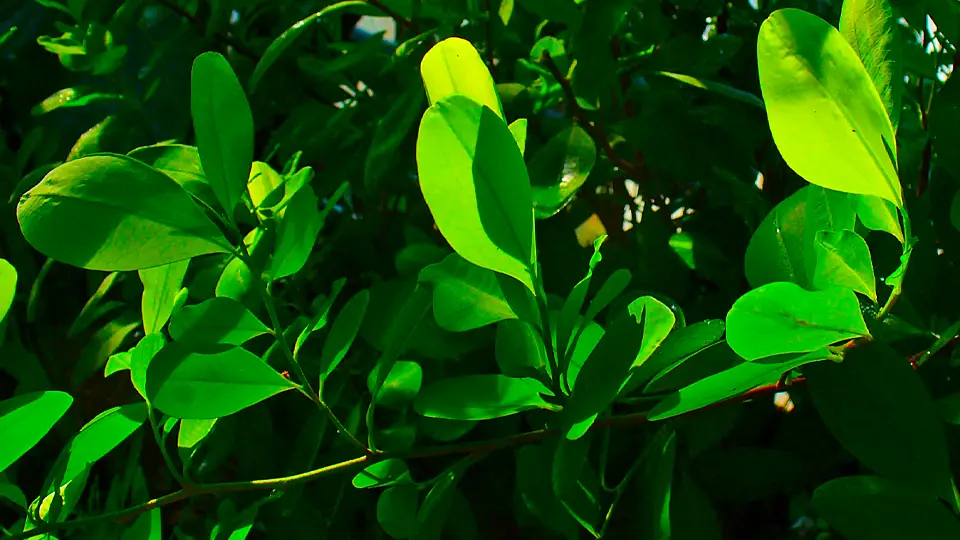
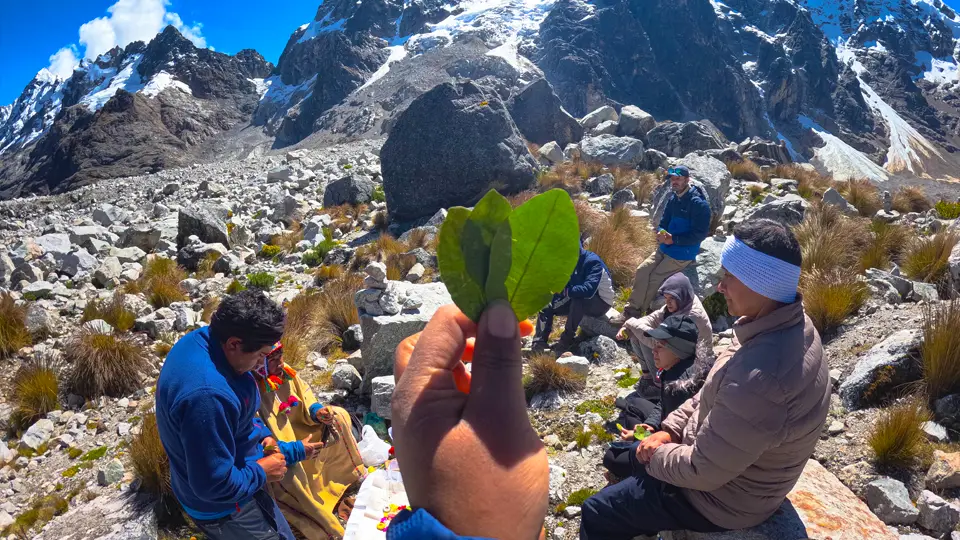
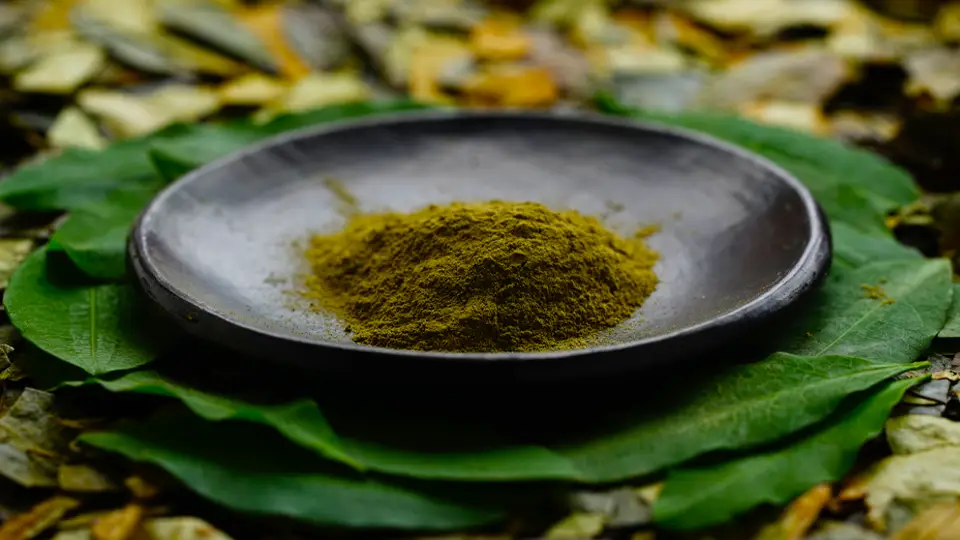
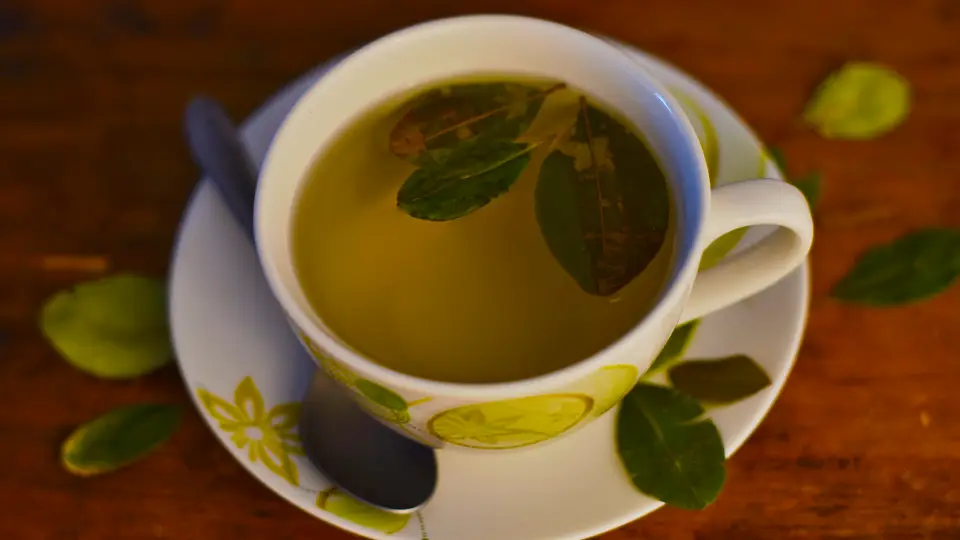
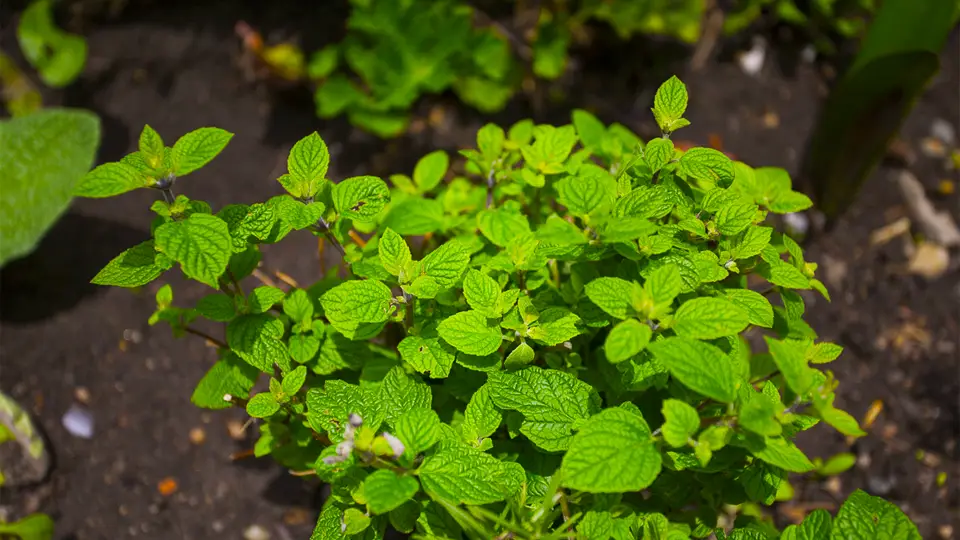

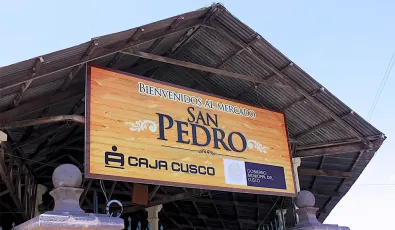
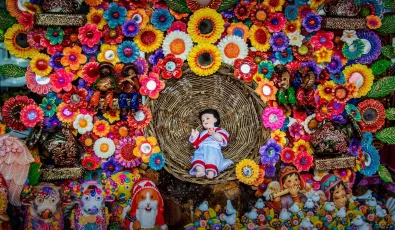
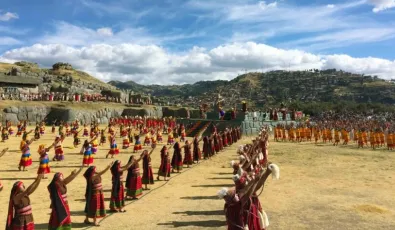
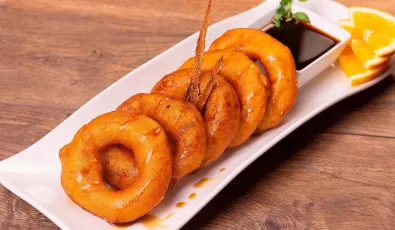

Add new comment